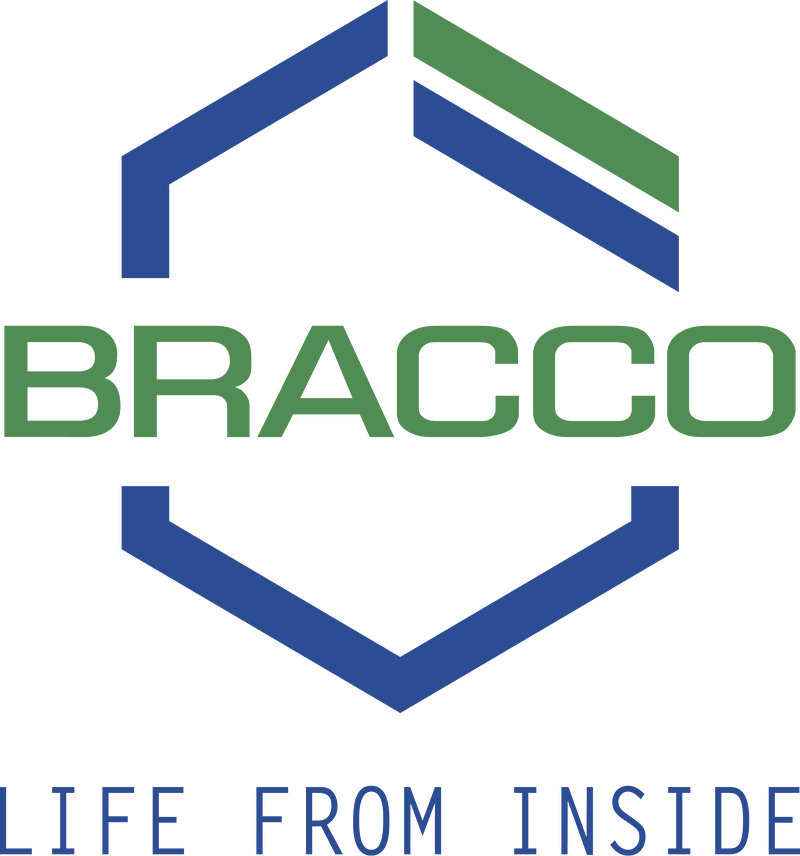Have a Question?
Required testing for ankle-brachial index (ABI) and bilateral lower extremity arterial duplex reimbursement
Q.
I have two separate questions that are related. Can an ABI (CPT® code 93922) and a bilateral lower extremity arterial duplex (CPT code 93925) both be performed and covered by insurance in the same visit or should they be completed on two separate days? Does the ABI have to be abnormal to cover a bilateral lower extremity arterial duplex?
A.
Well, the first issue is that CPT code 93922 is not just an ABI. It requires additional work. The complete description for code 93922 is:
93922 Limited bilateral noninvasive physiologic studies of upper or lower extremity arteries, (e.g., for lower extremity: ankle/brachial indices at distal posterior tibial and anterior tibial/dorsalis pedis arteries plus bidirectional, Doppler waveform recording and analysis at 1-2 levels, or ankle/brachial indices at distal posterior tibial and anterior tibial/dorsalis pedis arteries plus volume plethysmography at 1-2 levels, or ankle/brachial indices at distal posterior tibial and anterior tibial/dorsalis pedis arteries with, transcutaneous oxygen tension measurement at 1-2 levels)
To assign code 93922 you must have an ABI plus either bidirectional, Doppler waveform recording and analysis; or ABI plus volume plethysmography; or ABI plus transcutaneous oxygen tension measurements. Additionally, work must be done at one or two levels. If done at three or more levels, then CPT code 93923 would apply. ABI, by itself, is not a separately billable procedure.
As for your second question of whether you could bill CPT codes 93922 and 93925 together ultimately that is up to each individual insurance plan. There is no national policy. The American College of Radiology (ACR) says you can code both a physiologic study on the same day as a duplex study, but many payors will not pay both. Even Medicare contractors do not have the same policies. For instance, WPS has a statement in their LCD that says:
“Duplex scanning and physiologic studies may be reimbursed during the same encounter if the physiologic studies are abnormal and/or to evaluate vascular trauma, thromboembolic events or aneurysmal disease. The documentation must support the medical necessity.”
Noridian does not currently have a published policy for some of their jurisdictions, but in other jurisdictions they have a similar policy to WPS that says, “Duplex scanning and physiologic studies are reimbursed during the same encounter if the physiologic studies are abnormal and/or to evaluate vascular trauma, thromboembolic events or aneurysmal disease.”
